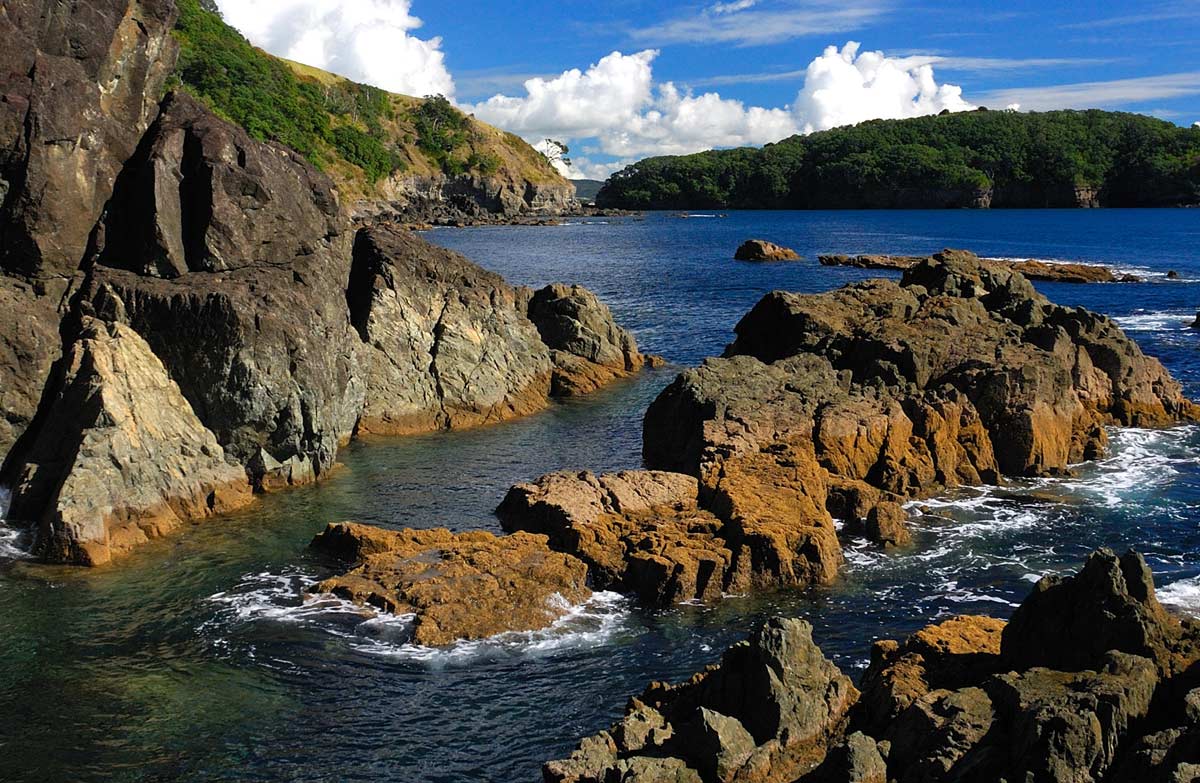Goat Island History

Goat Island, a small island in the Niagara River, has played a significant role in the history of the region. Its unique geological formation and strategic location have made it a site of both natural and historical importance.
Goat Island, a tiny strip of land off the coast of Panama City Beach, is a popular spot for swimming, fishing, and sunbathing. But in recent years, the island has also been the site of several mysterious disappearances. In 2015, three people vanished from the island without a trace, leaving behind only their belongings.
The case remains unsolved, and the island has since become known as a place where people go missing. Read more about the three missing people and the strange circumstances surrounding their disappearance. Despite the disappearances, Goat Island remains a popular destination for tourists, who are drawn to its beautiful beaches and clear waters.
But visitors should be aware of the island’s dark history, and they should take precautions to stay safe.
Goat Island was formed approximately 12,000 years ago by the Wisconsin glaciation. The glacier carved out the Niagara Gorge and deposited large amounts of debris, creating the island. The island’s name is believed to have originated from the goats that were once kept there by Native Americans.
In the realm of legends, Goat Island whispers tales of ancient battles between giants and cubs. Today, the echoes of those clashes resonate in the realm of sports, where the Giants and Cubs prepare for a fierce encounter. Giants vs Cubs prediction paints a vivid picture of this impending clash, reminding us that even on Goat Island, the legacy of giants and cubs endures.
Goat Island in the American Civil War
During the American Civil War, Goat Island served as a strategic military post. In 1861, the Union Army established Fort Porter on the island to protect the vital Niagara Falls Suspension Bridge from Confederate attack. The fort was garrisoned by troops throughout the war and played a key role in maintaining control of the border between the United States and Canada.
On Goat Island, where the waves whispered secrets to the sand, the Panama City Beach flag danced proudly today, a beacon of azure and white. Its colors fluttered in the breeze , a testament to the vibrant spirit of this coastal haven.
As the sun dipped below the horizon, casting long shadows across the island, the flag remained a symbol of the enduring beauty that Goat Island held.
Goat Island and Niagara Falls Tourism
After the Civil War, Goat Island became a popular tourist destination. The island’s proximity to Niagara Falls and its scenic beauty made it an ideal place for visitors to enjoy the natural wonders of the region. In the late 19th century, several hotels and other tourist attractions were built on the island, including the Goat Island Bridge, which connected the island to the mainland.
Today, Goat Island is part of Niagara Falls State Park and remains a popular destination for tourists from around the world. The island offers stunning views of Niagara Falls and is home to several historical sites, including the ruins of Fort Porter and the Goat Island Lighthouse.
Goat Island Geography
Goat Island is a small island located in the Niagara River, between the American and Canadian falls. It is approximately 3 acres in size and has a roughly triangular shape. The island is composed of Devonian-era limestone and was formed by the erosive power of the Niagara River over thousands of years.
Flora and Fauna
Goat Island is home to a variety of plant and animal life. The island’s vegetation is dominated by deciduous trees, including sugar maple, American beech, and red oak. The island also supports a population of white-tailed deer, raccoons, and squirrels. In addition, Goat Island is a popular nesting site for birds, including bald eagles, great blue herons, and double-crested cormorants.
Goat Island Attractions

Goat Island offers a plethora of captivating attractions that showcase the island’s unique geological formations and cultural significance. These attractions, shaped by eons of geological processes, have become symbols of Goat Island’s rich history and natural beauty.
Cave of the Winds
The Cave of the Winds is a mesmerizing natural wonder that has drawn visitors from far and wide. Formed by the relentless force of water eroding the soft limestone rock, the cave features a labyrinth of subterranean chambers and passageways adorned with stunning stalactites and stalagmites. Guided tours take visitors through the cave’s ethereal depths, revealing its hidden beauty and the geological processes that created it.
Three Sisters Islands
The Three Sisters Islands are a trio of picturesque islands situated just off the coast of Goat Island. These islands, named after three Native American sisters, are remnants of ancient volcanic activity. Their rugged cliffs and secluded coves provide a haven for wildlife and offer breathtaking views of the surrounding landscape. Visitors can explore the islands by boat or kayak, discovering their hidden beaches and witnessing the diverse flora and fauna that call them home.
Goat Island, a small but treacherous isle off the coast of Panama City Beach, has witnessed its fair share of tragedy. Just yesterday, a young swimmer lost their life in the unforgiving waters of panama city beach drowning yesterday.
The incident serves as a stark reminder of the hidden dangers that lurk beneath the inviting surface of Goat Island’s tranquil waters.
The island’s inhabitants, the last of the native goats, had all but disappeared. Their bleating cries, once a chorus that echoed across the island, were now replaced by the mournful sound of waves crashing against the shore. The waters off the coast of Goat Island were treacherous, a fact made all too clear by the tragic drownings at Panama City Beach.
Yet, the island remained a place of haunting beauty, a testament to the power of nature and the fragility of life.